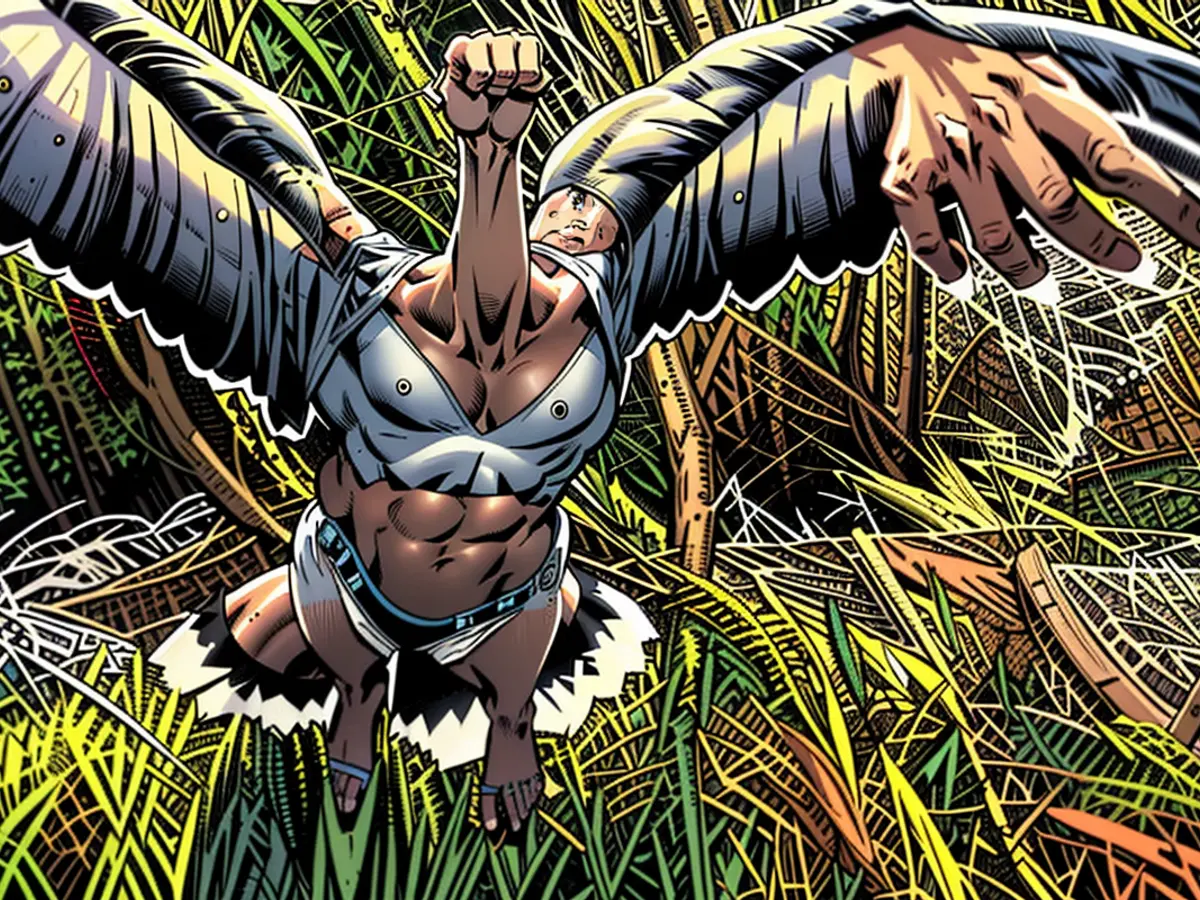- Birdwatchers use drones to protect staircases
The critically endangered Great Bustard in Brandenburg is set to be better protected in the future with the help of a drone. The population of these heavyweight flying birds has been recovering for years. They can now only be found in Brandenburg and Saxony-Anhalt, according to conservationists.
A flying drone will be used to monitor the breeding grounds of the Great Bustards. The Great Bustard Protection Association in Nennhausen, Havelland, will receive 6,000 euros from lottery funds for this purpose, as announced by the Ministry of the Environment. Intensive agriculture and fragmentation of the landscape had almost driven the species to extinction in Germany.
Population has grown to over 300 birds
Thanks to intensive conservation measures, the Great Bustard population in Brandenburg has grown from 60 birds in the mid-1990s to over 300 today, said Environment Minister Axel Vogel (Greens), who visited the association in Nennhausen to learn about the birds' development. The breeding areas in Brandenburg include the Havelland Heath near Buckow, the Belziger Landscape Wiesen, and the Fiener Bruch, which extends into Saxony-Anhalt. "This makes us the home of one of the heaviest flying birds in the world, a special treasure that we must protect," said the Minister in a statement. Some of these birds can also be observed in the Zerbster Land in Saxony-Anhalt.
Association: Drone will also protect other species
The Great Bustard Protection Association has been committed to protecting these endangered birds in Germany for 46 years. The establishment of large protected areas, targeted breeding, and protective measures for agricultural operations, such as specified mowing times, have helped the population to recover, the association said. "The new drone will not only make it easier for us to search for, monitor, and protect Great Bustard breeding grounds, but it will also serve to protect other species such as the Lapwing, the Northern Lapwing, and the Montagu's Harrier," said the association's chairman, Marcus Borchert.
Great Bustards have a body length of about one meter and can weigh up to 17 kilograms. They can live up to 20 years and have a wingspan of up to 2.40 meters. During courtship, the males turn their brown front wings and tail feathers outwards, revealing the white under-feathers - like an oversized feather ball.
The Great Bustard Protection Association, based in Nennhausen, Havelland, will use the funded drone to monitor and protect not only Great Bustards but also other species like Lapwings, Northern Lapwings, and Montagu's Harriers. The extensive protected areas, targeted breeding programs, and agricultural operations with protective measures in Brandenburg have largely contributed to the Great Bustard's population recovery.








